- Have any questions?
- +86-189 8930 5995
- sales@mosinterchem.com.cn
Sodium sulfide CAS 1313-82-2

Propylene Carbonate CAS 108-32-7
24/12/2018
Cupric Oxide CAS 1317-38-0
24/12/2018| Model: | MOS1313-82-2 |
| Brand Name: | MOSINTER |
| CAS No.: | 1313-82-2 |
| Brand: | MOSINTER |
| Molecular formula: | Na2S |
| Name: | Sodium sulfide |
| water solubility: | 186 g/L (20℃) |
| Melting point: | 950℃ |
| Molecular weight: | 78.04 |
| Density: | 1.86g/cm3 |
| Alais: | Sodium monosulfide |
Sodium sulfide (CAS: 1313-82-2)
| Item | Index |
| Na2S, ≥ | 60.16 |
| Fe, ≤ | 0.0020 |
| Na2CO3 , ≤ | 2.0 |
| Water insoluble, ≤ | 0.015 |
Sodium sulfide is the chemical compound with the formula Na2S, or more commonly its hydrate Na2S·9H2O. Both are colorless water-soluble salts that give strongly alkaline solutions. When exposed to moist air, Na2S and its hydrates emit hydrogen sulfide, which smells like rotten eggs. Some commercial samples are specified as Na2S·xH2O, where a weight percentage of Na2S is specified. Commonly available grades have around 60% Na2S by weight, which means that x is around 3. Such technical grades of sodium sulfide have a yellow appearance owing to the presence of polysulfides. These grades of sodium sulfide are marketed as ‘sodium sulfide flakes’. Although the solid is yellow, solutions of it are colorless.
Structure
Na2S adopts the antifluorite structure, which means that the Na+ centers occupy sites of the fluoride in the CaF2 framework, and the larger S2−occupy the sites for Ca2+. In solution, the salt, by definition, dissociates. The dianion S2− does not, however, exist in appreciable amounts in water. Sulfide is too strong a base to coexist with water.
Production
Industrially Na2S is produced by reduction of Na2SO4 with carbon, in the form of coal:
Na2SO4 + 4 C → Na2S + 4 CO
In the laboratory, the anhydrous salt can be prepared by reduction of sulfur with sodium in anhydrous ammonia. Alternatively, sulfur can be reduced by sodium in dry THF with a catalytic amount of naphthalene:
2 Na + S → Na2S
Reactions
The dissolution process can be described as follows:
Na2S + H2O → 2Na+ + HS− + OH−
Sodium sulfide can oxidize when heated to sodium carbonate and sulfur dioxide:
2 Na2S + 3 O2 + 2 CO2 → 2 Na2CO3 + 2 SO2
Upon treatment with sulfur, polysulfides are formed:
2Na2S + S8 → 2 Na2S5
Uses
Sodium sulfide is primarily used in pulp and paper industry in the kraft process. It is used in water treatment as an oxygen scavenger agent and also as a metals precipitant, in the photographic industry to protect developer solutions from oxidation, in textile industry as a bleaching, and as a desulfurising and as a dechlorinating agent and in leather trade for the sulfitisation of tanning extracts. It is used in chemical manufacturing as a sulfonation and sulfomethylation agent. It is used in the production of rubber chemicals, sulfur dyes and other chemical compounds. It is used in other applications including ore flotation, oil recovery, food preservative, making dyes, and detergent.
Sodium sulfide is an active ingredient in some over-the-counter ingrown toenail relief products.
Safety
Like sodium hydroxide, sodium sulfide is strongly alkaline and can cause skin burns. Acids react with it to rapidly produce hydrogen sulfide, which is a toxic and foul-smelling gas.
You must be logged in to post a review.

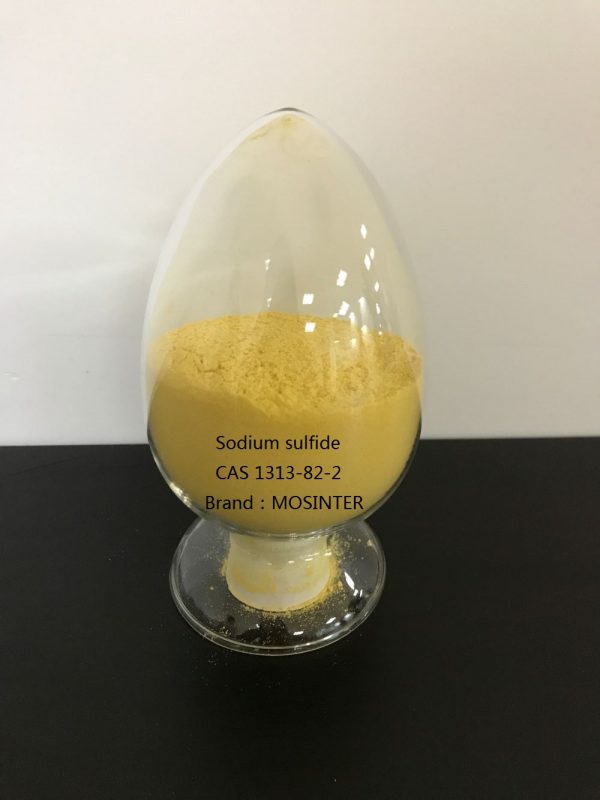
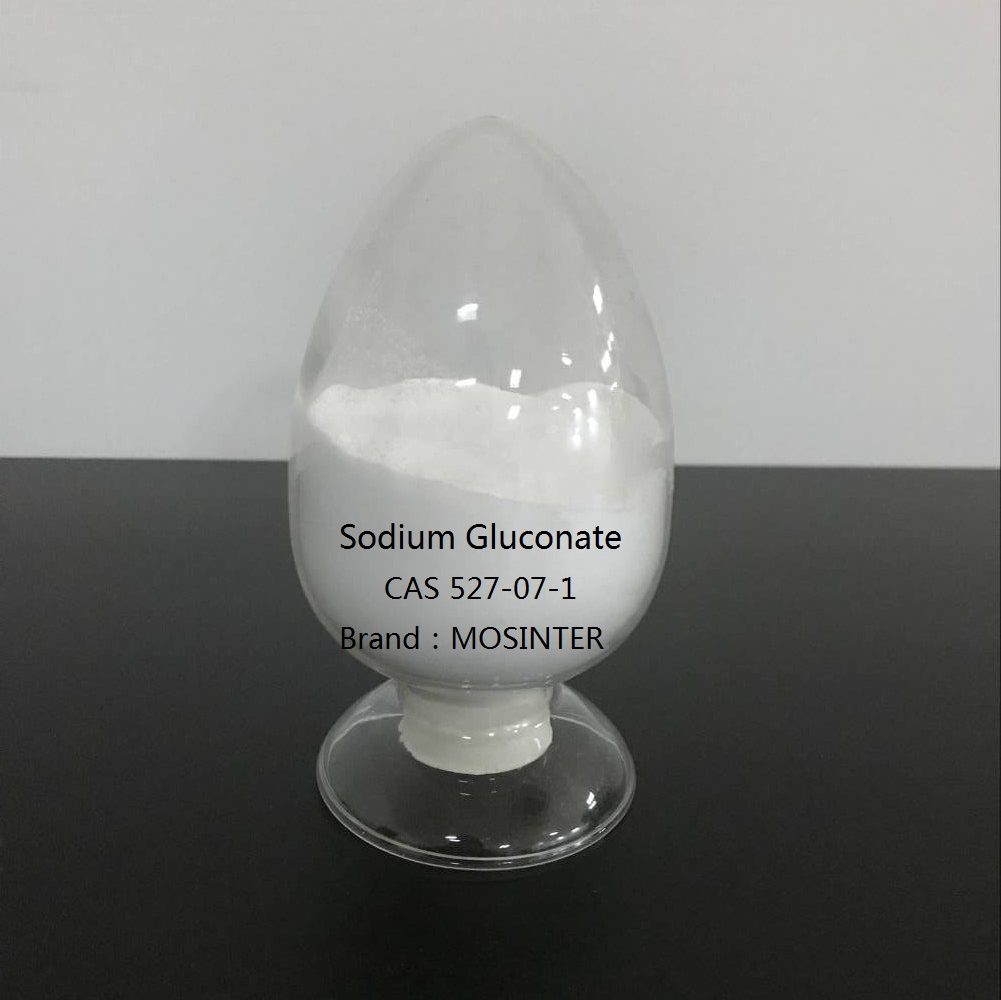
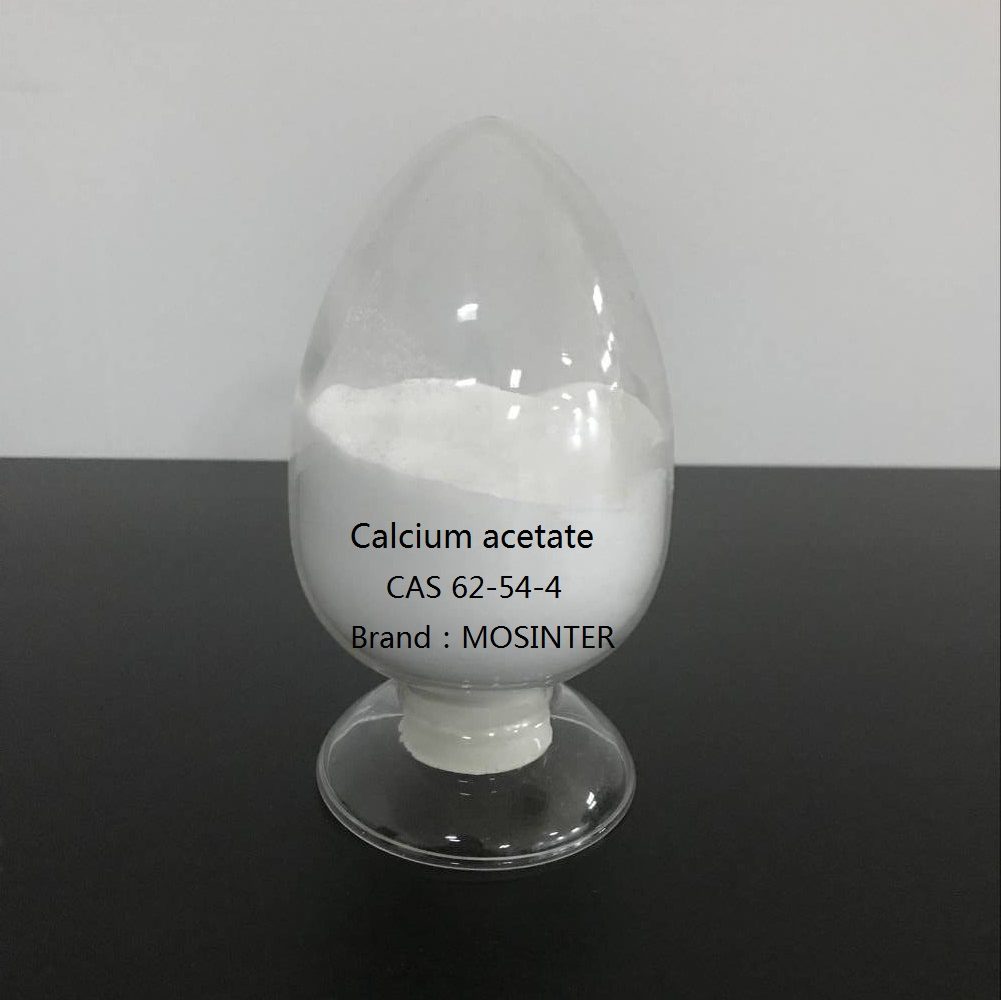
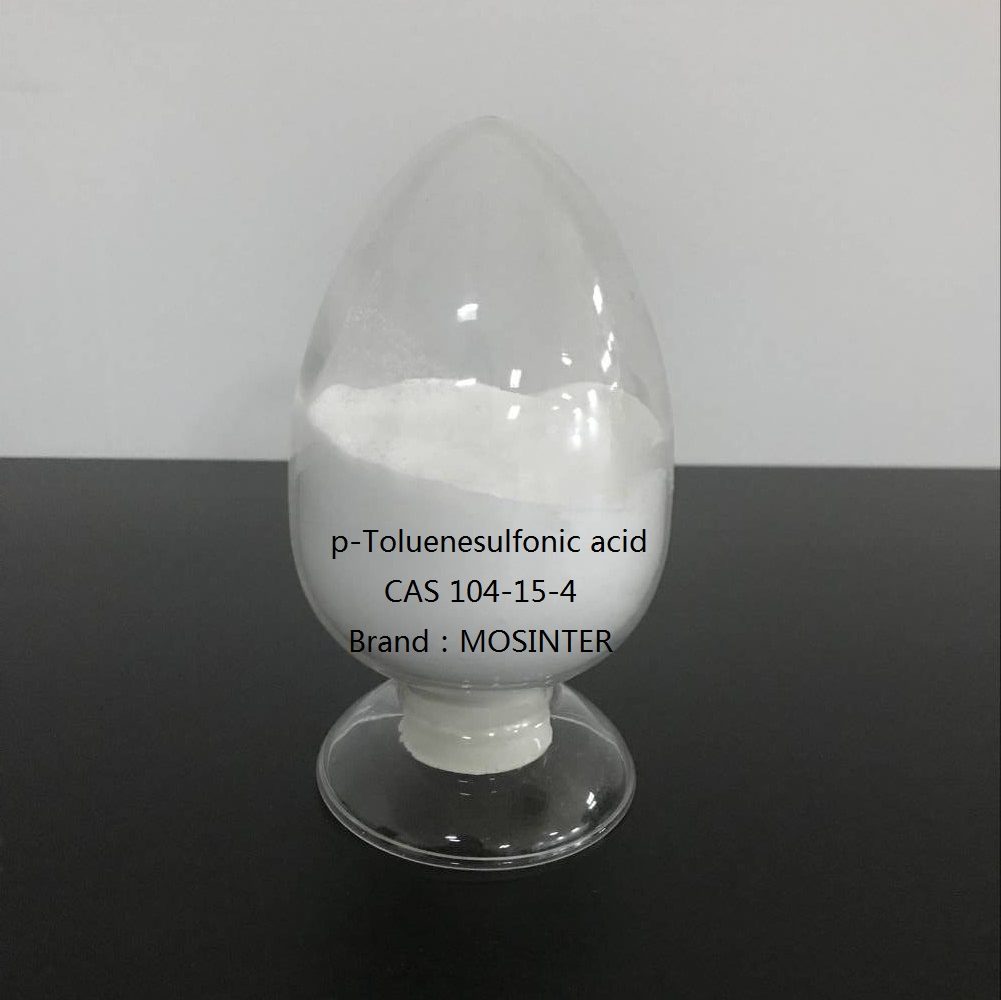
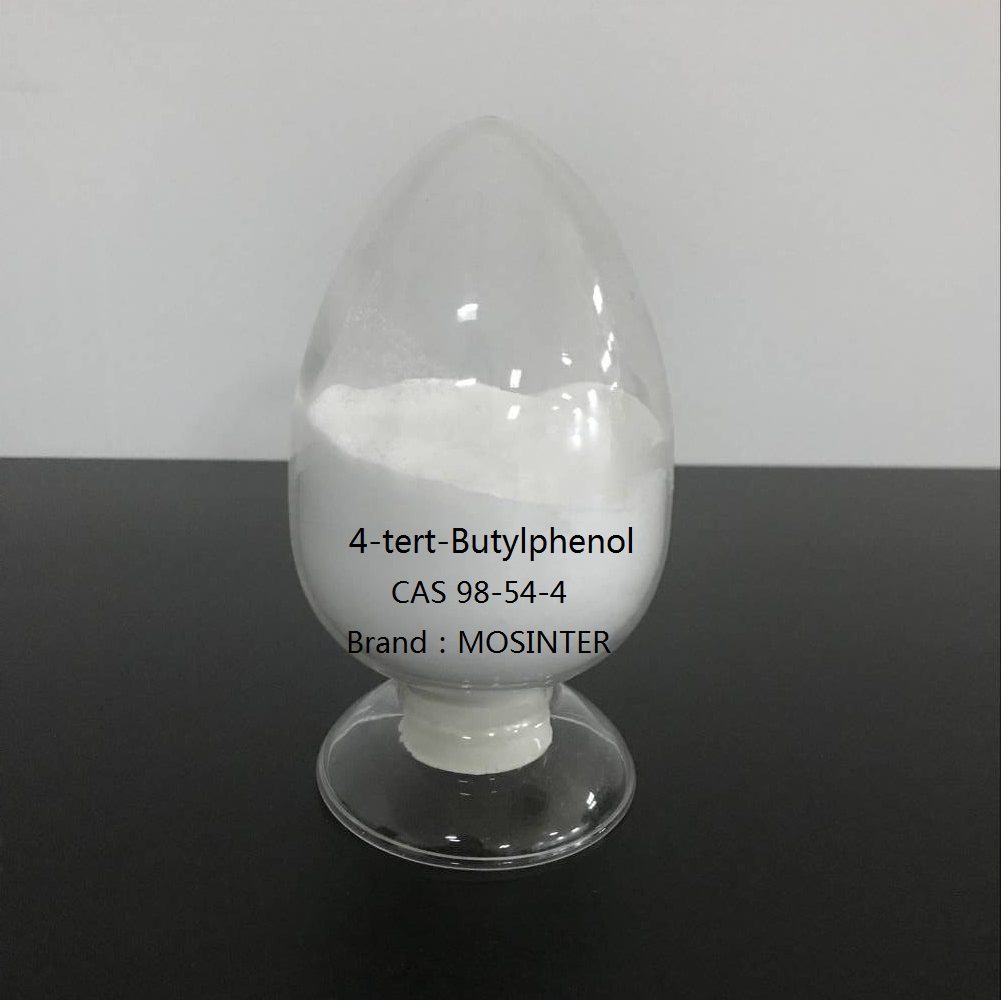
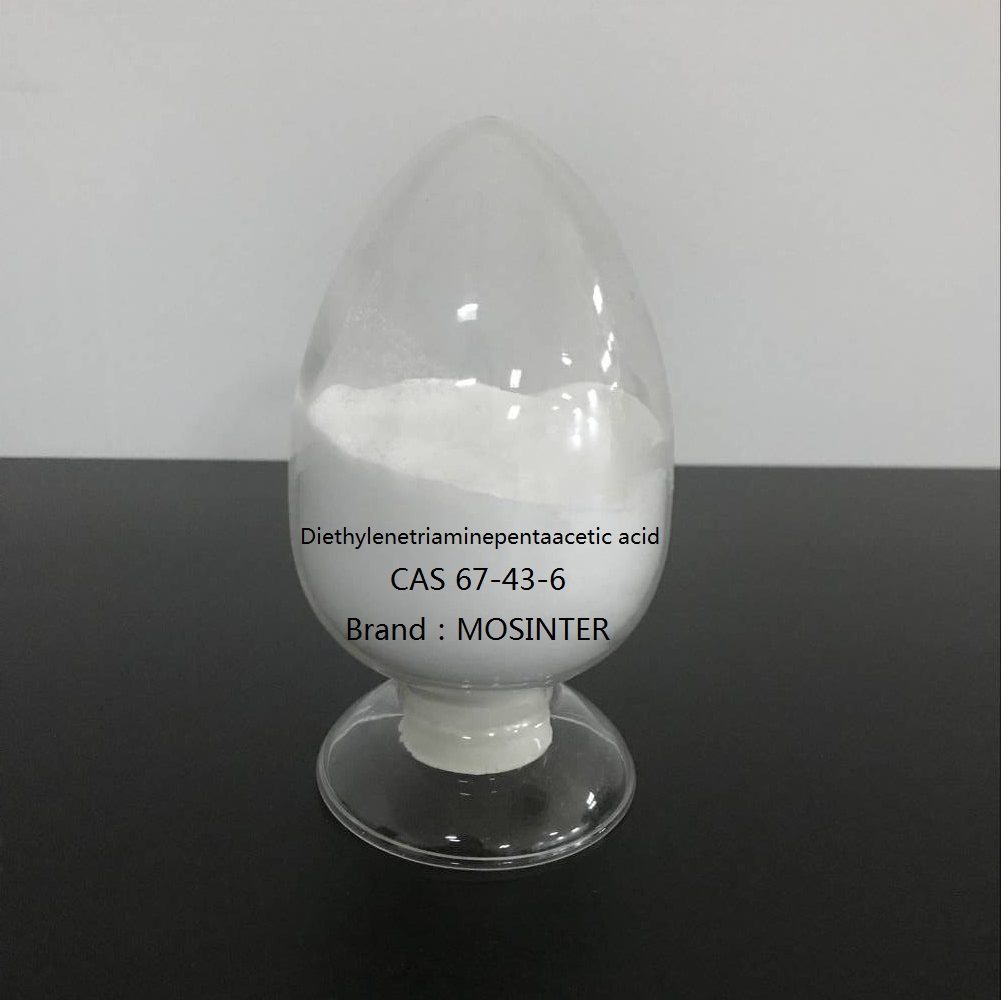
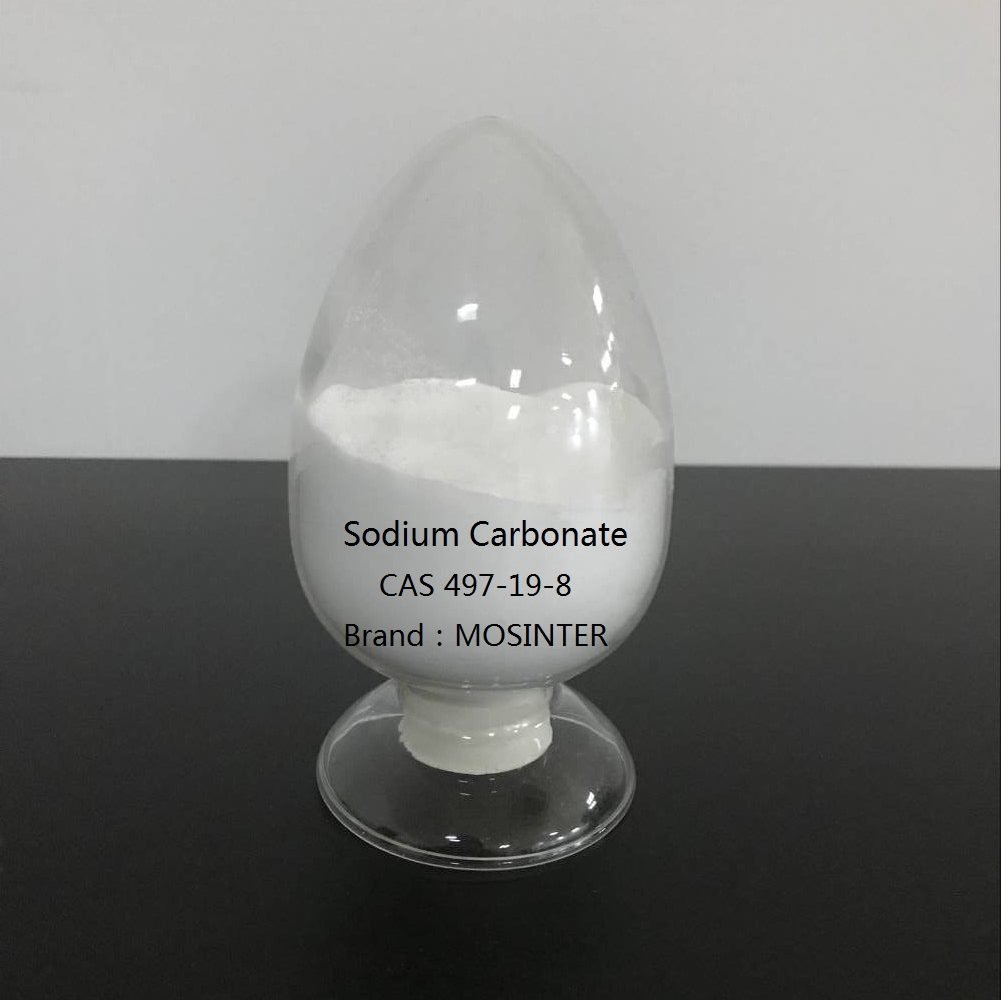
Reviews
There are no reviews yet.